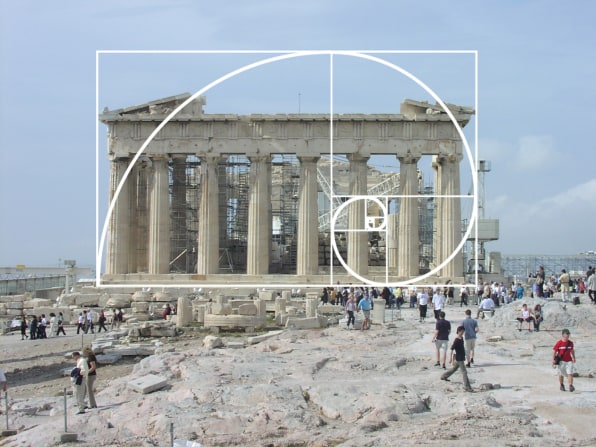Hinsdale
6300 S. Robert Kingery Highway
, #210
Willowbrook, IL 60527
Willowbrook, IL 60527
The word ‘geometry’ comes from the Greek words ‘geo’, meaning earth, and ‘metria’, meaning measure.
Along with arithmetic, geometry was one of the two fields of pre-modern mathematics.
Ancient Egyptians used geometry principles as far back as 3000 BC, using equations to approximate the area of circles among other formulas.
Babylonians measured the circumference of a circle as approximately 3 times the diameter, which is fairly close to today’s measurement which uses the value of Pi (around 3.14).
A Greek mathematician named Euclid who lived around the year 300 BC is often referred to as the ‘Father of Geometry’ for his amazing geometry works that included the influential ‘Elements’, which remained the main textbook for teaching mathematics until around the early 20th century.
Greeks constructed aesthetically pleasing buildings and artworks based on the golden ratio of approximately 1.618.

Greek philosopher and mathematician Pythagoras lived around the year 500 BC and is known for his Pythagorean theorem relating to the three sides of a right angle triangle: a² + b² = c²
Archimedes of Syracuse lived around the year 250 BC and played a large role in the history of geometry including a method for determining the volume of objects with irregular shapes.
The compass and straight edge were powerful tools in the advancement of geometry, allowing the construction of various lengths, angles and geometric shapes.
Modern day geometry has made developments in a number of areas, including those that make use of the raw computing power of today’s computers.
